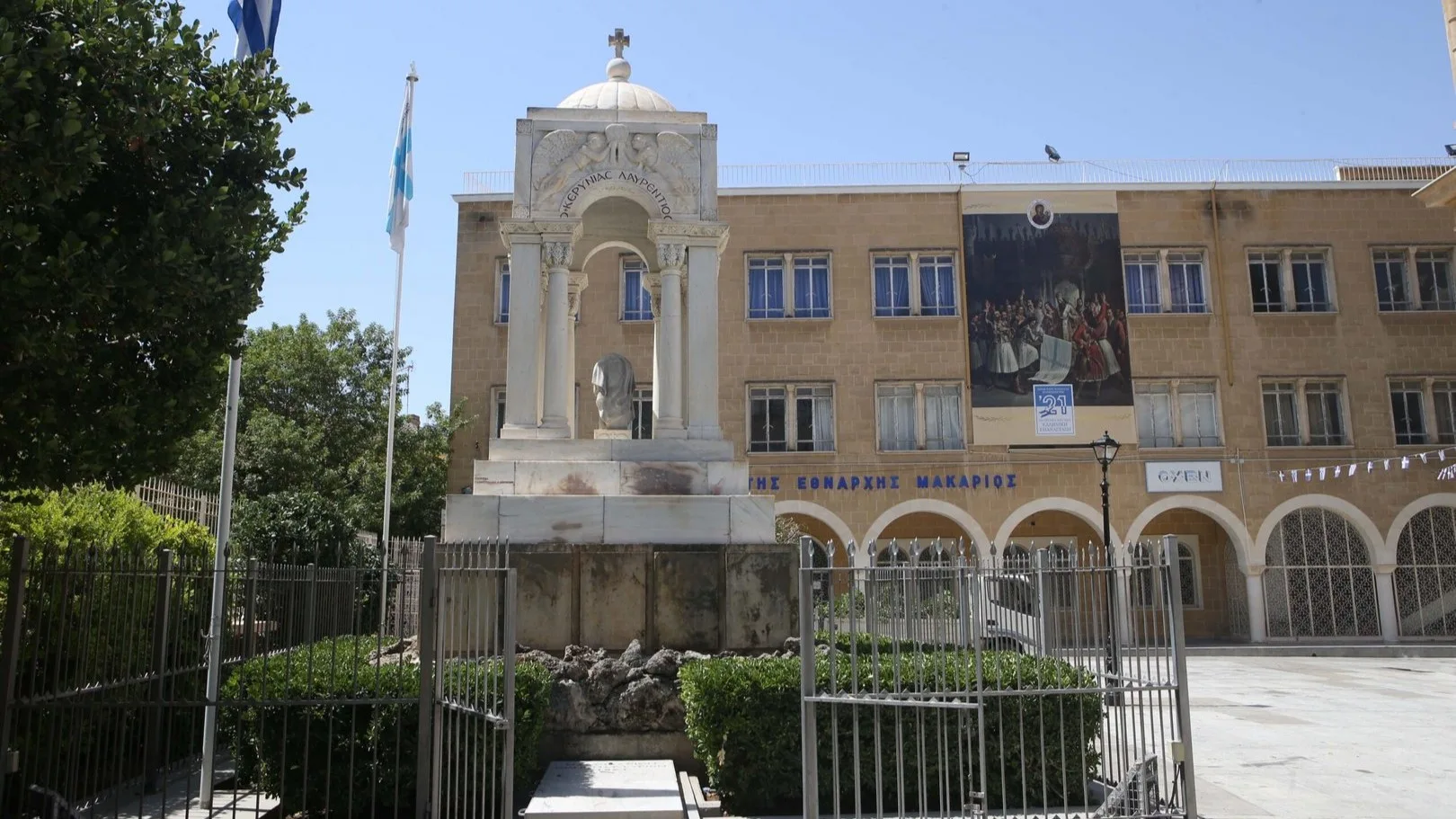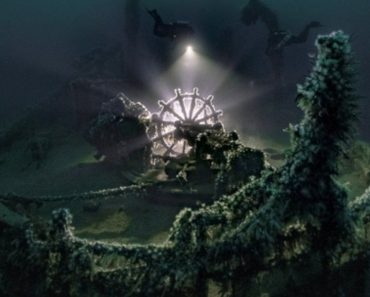
The long-neglected marble quarries of Paros—once the source of many of ancient Greece’s sculptural masterpieces—are now receiving renewed attention, thanks to the efforts of six local Parian associations dedicated to preserving and promoting the island’s unique history and cultural legacy.
Until 2022, the quarries were completely abandoned to their fate. The sign “ancient quarries” and the road to Marathi, Paros, initially gave the impression of a protected archaeological site that could be visited. However, the road led to nowhere.
Thanks to the non-profit organization “Paros Ancient Marble Quarries Park AMKE”, the famed quarries from where the Hermes of Praxiteles, the Aphrodite of Milos, the Victory of Samothrace, the Victory of Paeonios in Olympia, the sculptures of the Mausoleum of Halicarnassus and those of the Temple of Artemis in Ephesus, are given a new lease of life.

The organization says that its long-term vision is for the marble quarries park to be recognized as a World Heritage site. “The ultimate goal is for the entire park with the industrial buildings to become, in the distant future, world heritage monuments,” Vlasis Sfyroreas said recently, speaking to AMNA.
“Visitors—Greeks, but especially foreigners—have long been drawn to this place, captivated by the legacy of Parian marble, renowned for its role in some of the world’s greatest sculptures. In major museums like the Louvre, the British Museum, the Acropolis Museum, and the National Archaeological Museum of Athens, they see masterpieces labeled with the proud inscription: Parian marble. Motivated by this heritage, they come seeking a deeper connection to history—only to be met with signs of neglect and a lack of proper preservation or development,” he added.
Paros marble quarries produced the sought-after lychnite
The reputation of the ancient quarries of Paros is justified, as the famous lychnite was mined there.
Lychnite is a snow-white, fine-grained marble with a unique permeability to light, which gave an inimitable plasticity to sculptures and was therefore used only in statuary. This had enchanted the ancient artists.
It was sought after for sculpture due to its quality, whiteness, high transparency and light transmittance (3.5 cm against 2.5 cm of the Carrara marble and 1.5 cm of the Pendelikon marble), which, in the best quality material, can reach up to 12 cm. The best quality layer of marble, 1-3 m thick, is found among other thicker bluish layers and is visible in various locations in the valley.
There was, of course, a “second” quality of white Parian marble, the so-called “white stone”. Coarse-grained and less light-permeable, this was used for the construction of buildings and temples.
Marble extraction on Paros began around 700 BC
According to available evidence, marble extraction in this area began around 700 BC, starting in the lower gallery, marking the beginning of organized mining activity.
The ancient quarries of Marathi are spread across both sides of a ravine carved into the mountain by the Skarpathiotis torrent. As this stream cut through the earth, it revealed to the ancients the precious presence of lychnite—the fine, translucent Parian marble. Initially, extraction was limited to surface deposits, which were easier to access.
However, as those surface reserves were gradually depleted, the demand for this exceptional marble remained high. Determined to follow the rich vein as it plunged deeper into the mountain, the ancients began to carve underground galleries and chambers—a labor-intensive and perilous undertaking.
Skilled quarrymen—many of them slaves, but also numerous free craftsmen—worked under grueling conditions using an array of tools: pointed hammers, pickaxes, mandrakes, chisels, wedges, levers, and more.
Though Parian marble had been used as early as the 4th millennium BC, it was in the 7th century BC that the renowned underground quarries of Marathi were first opened. By the 5th century BC, the island of Paros had gained widespread fame and prosperity from the marble trade, its luminous stone prized across the ancient world for its unmatched quality and beauty.




